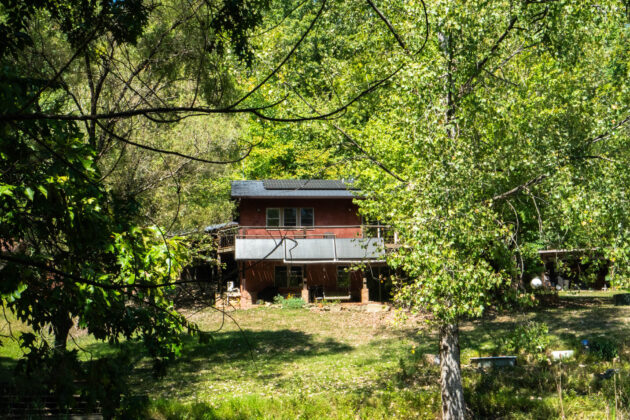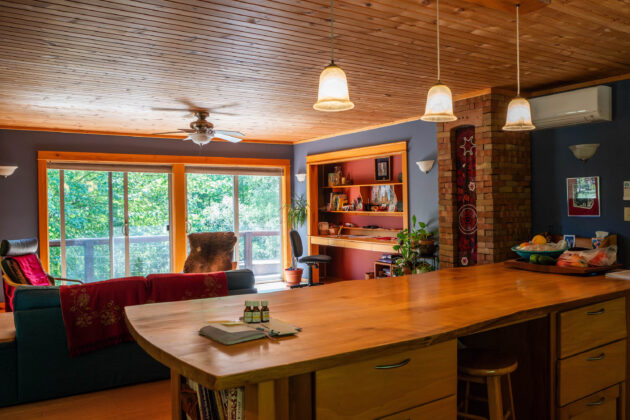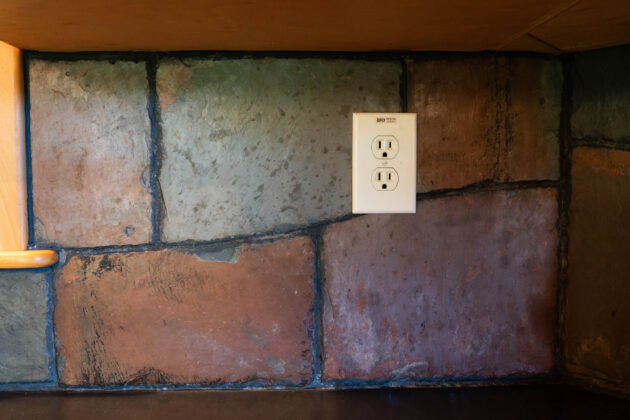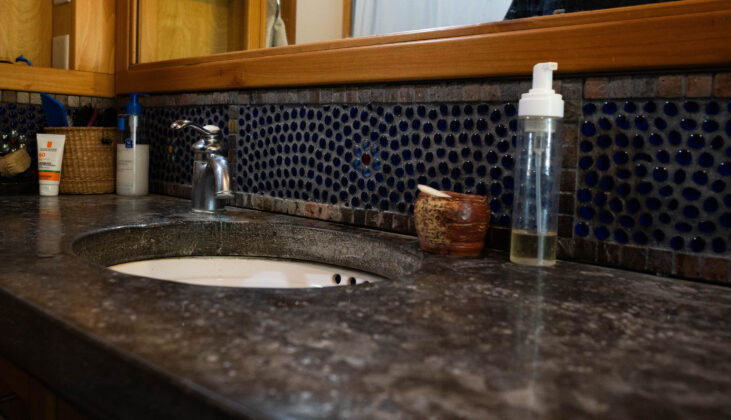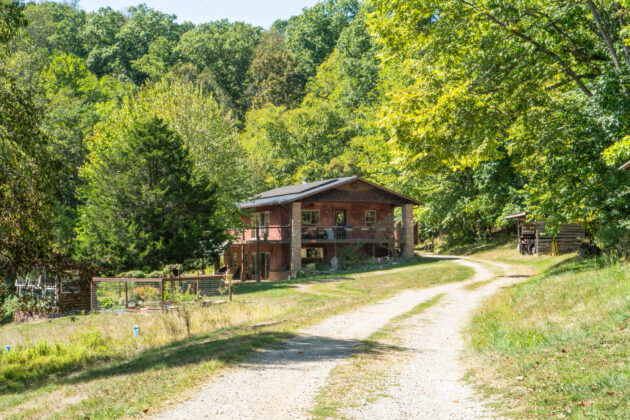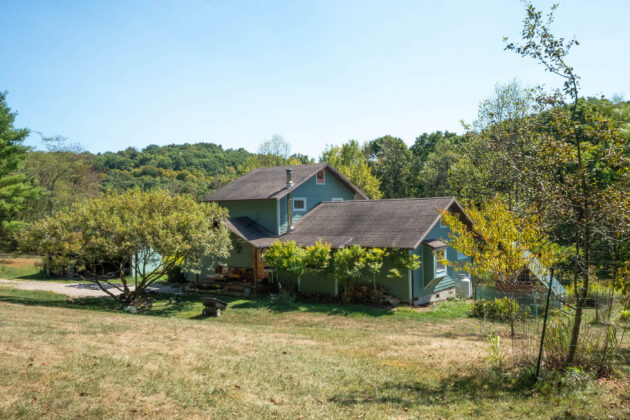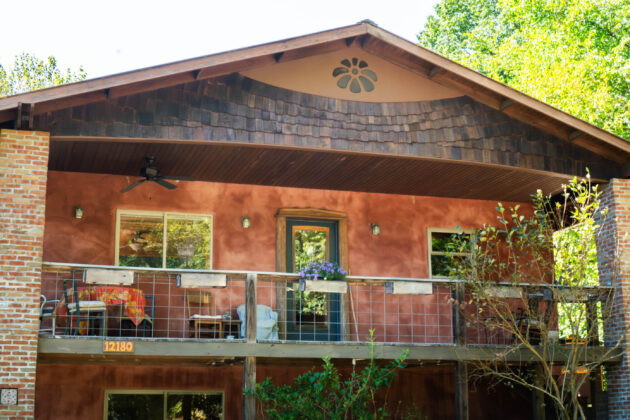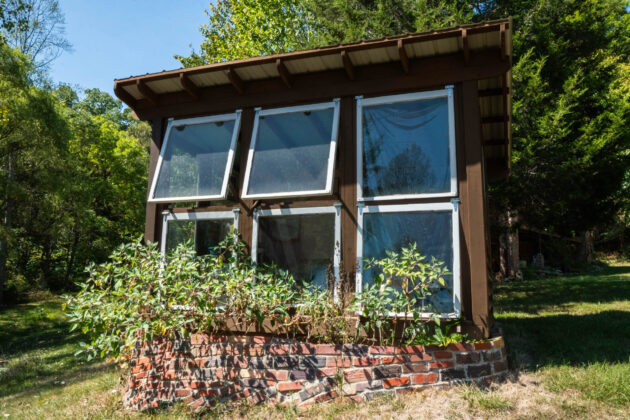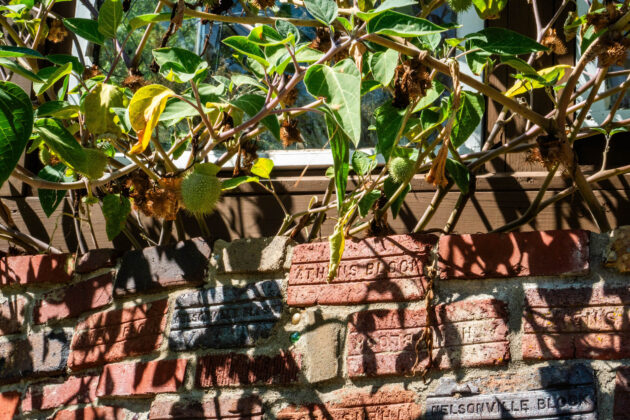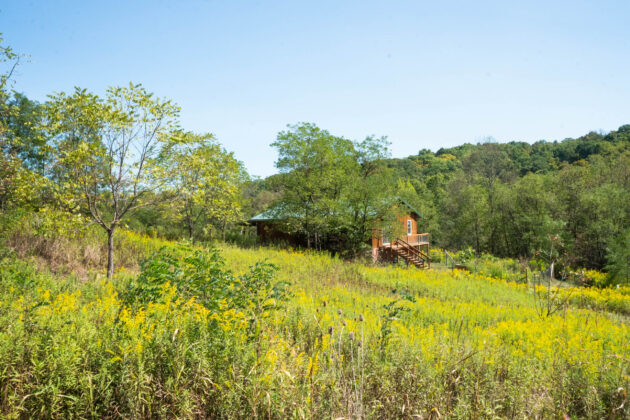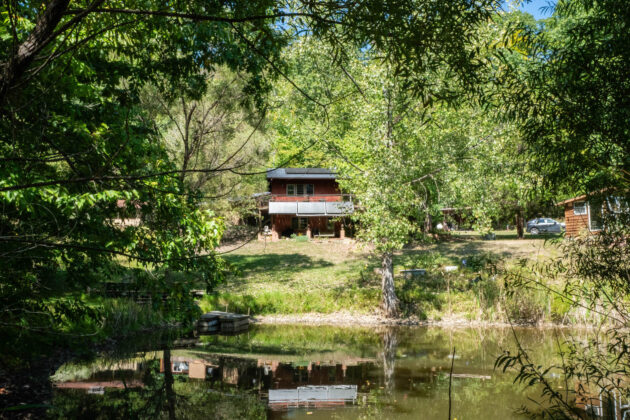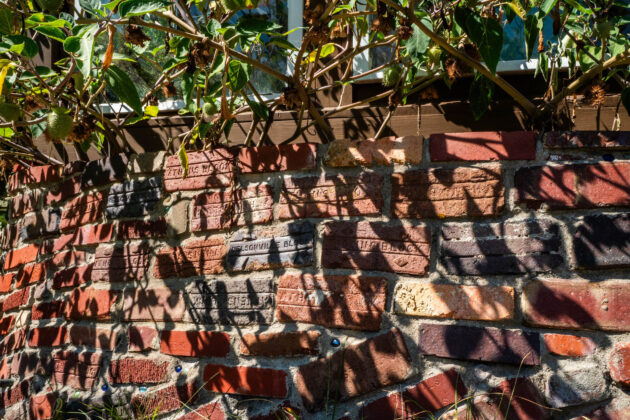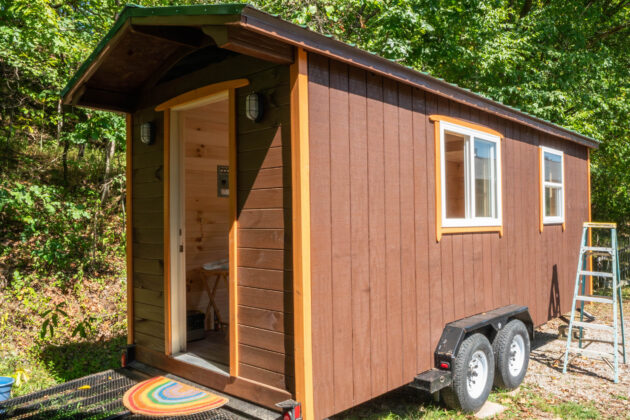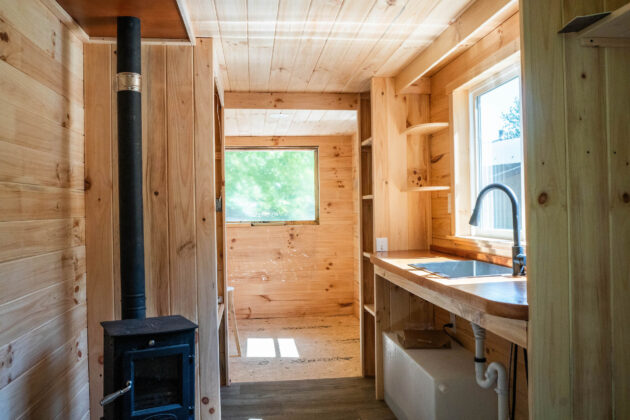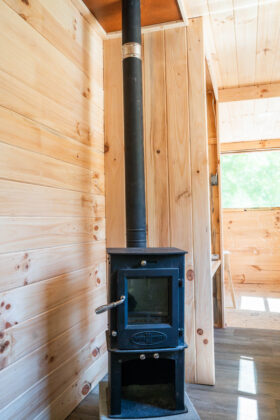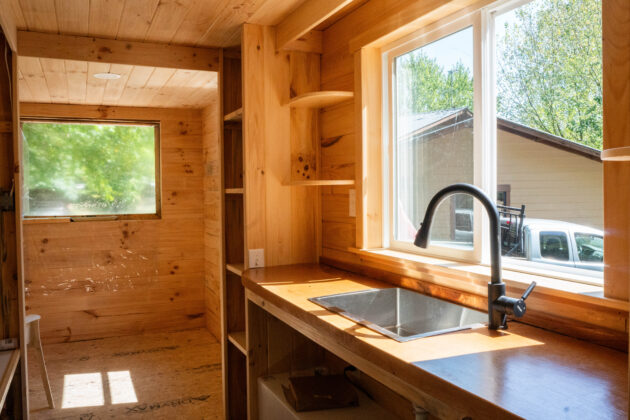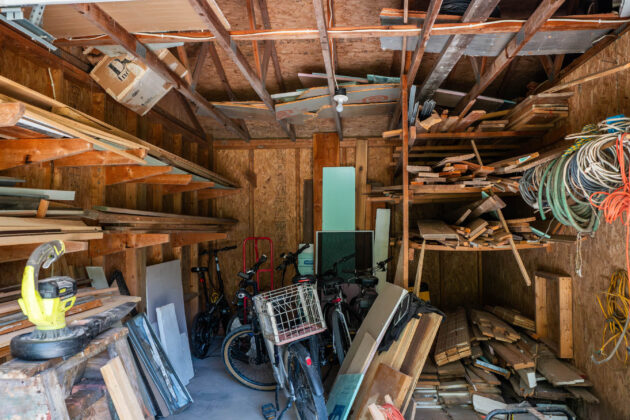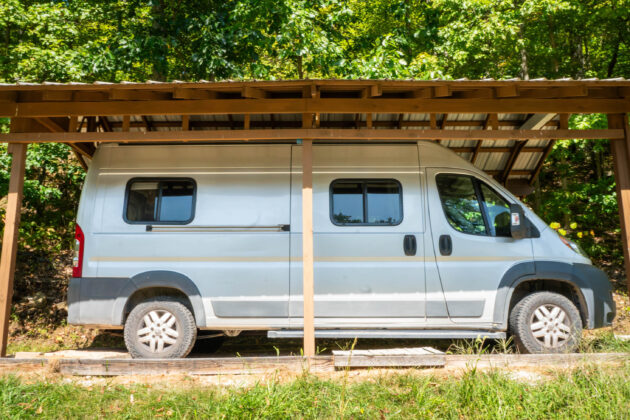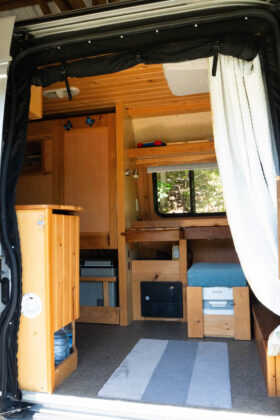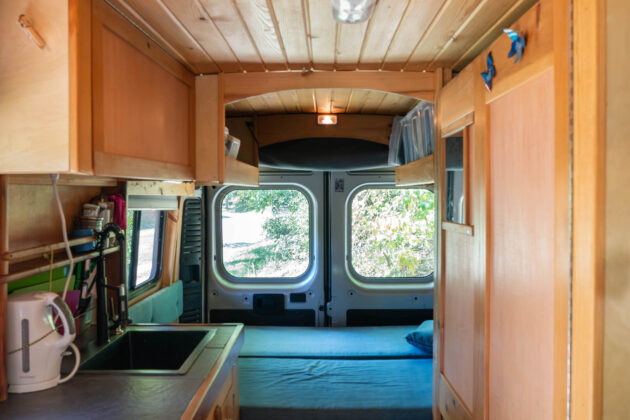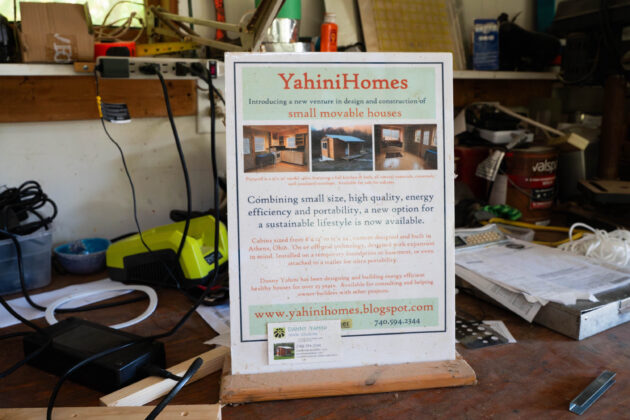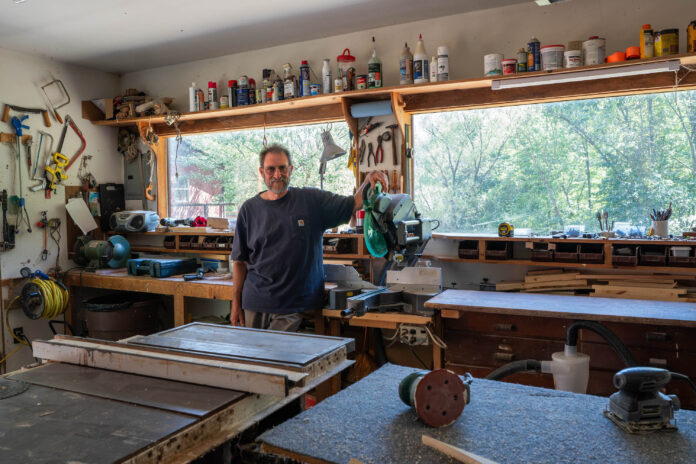
ATHENS, Ohio — Danny Yahini doesn’t describe himself as an expert architect or the most fashionable home-builder. Instead, he focuses on constructing homes with Mother Nature in mind.
Yahini, a self-employed home construction worker and owner of Yahinihomes, has built and remodeled roughly 35 homes since the ‘80s. The homes are often constructed with a small crew of friends and are made from natural and recyclable materials, designed to maximize energy efficiency.
Building a green home can be expensive, but Yahini walks this fine line by finding compromises.
“I know some people that go (net) zero, that’s super insulated with solar and everything else, but the house is so expensive it will take 100 years to pay off,” Yahini said. “Just be practical about it, find that sweet spot. Where that sweet spot is depends on the person and depends on what kind of energy sources they have and their finances.”

The journey
As a self-described hippie, Yahini spent most of his time in the ‘70s traveling the country. He attended design school, but dropped out and hitchhiked across America for three years, at one point living in California and Washington.
During his travels, he learned the construction trade by helping others build houses.
“I was always interested in alternative lifestyles and alternative construction. The dream was to buy a piece of land and build your own house,” Yahini said. “I wanted to do something that has some future to it.”
Yahini moved to Ohio in 1980 and bought his current 25-acre property in Meigs County in 1986. He bought a mobile home and lived it in while constructing a driveway, small garage and eventually an apartment above it.
During the mid-’90s, he worked on small remodeling and woodworking projects while transforming the garage into a house. Yahini’s wife, Patty, moved in with him in ‘99.
After remodeling a house in The Plains, Ohio, he started building his first, and largest, home from start to finish in 2005. He completed the 2,500-square-foot house in 2007, and from there his construction career took off.

“People liked the home … ‘Hey, would you build me one,’ and that’s how I got started,” Yahini said.
He started building houses for friends and neighbors, who oftentimes didn’t have a lot of money and would be part of the construction crew. The houses he worked on would vary, but one thing would always stay the same: energy efficiency and green construction.
Energy efficiency
Making energy-efficient homes was a learning curve for Yahini and the techniques he uses today are mainly self-taught. To build the homes, Yahini buys local wood, uses concrete for the countertops and installs fuel-efficient wood stoves.
The outside of his own home is made of fiber cement, a composite building material made out of cement, recycled wood pulp and sand.
Yahini also designs the layout to maximize energy efficiency. He puts the bathroom and kitchen as close together as possible to minimize the amount of pipes throughout.
Additionally, he installs large windows throughout the house to maximize natural light and minimize energy usage. For the most part, his houses are built on a small budget, but there are certain elements of a house Yahini finds important enough to send more money on like insulation and windows.
Yahini makes the houses compatible with solar energy systems in case the homeowners want to add it on in the future. To do this, he places the roof line facing south to maximize daytime sunlight.
He also makes each house solar-oriented — designed to take advantage of the sun’s energy to heat and cool it.
“Houses comfortable and warm and easy to heat, and also easy to cool are great. There’s nothing worse to live in than an old, drafty house and you have a wood stove or some heat source you have to sit next to it because you sit by the window and you’re cold,” Yahini said.
In his own house, the basement has wide windows, made to streamline light into the house, and concrete floors that absorb and store heat, effectively warming up the home from the bottom up, he said
According to the U.S. Department of Energy, solar-oriented homes with roof overhangs can provide shade, and windows placed opposite of each other encourage cross-ventilation, which cools down the house during the fall, spring and summer months.
Current project
After several decades of building and remodeling houses, Yahini wants to retire from the big projects. The future for him is small mobile homes, often called “tiny homes.”
For the past four months, Yahini has been working on a mobile home for his friend. Together, they have put in almost 100 hours of work. The mobile home contains a bedroom area, closet, kitchen with countertops and a sink and a wood-fired stove for heating and cooking.
Already, he has built three tiny homes, one of which he uses as a camper to travel in with his wife. “There’s all kind of different ways to approach (tiny homes), and I think there’s a lot of future to that,” Yahini said.
Yahini knows building a green home can be a daunting task, but by “keeping it simple,” sustainable living is possible and his creations are living proof.
“It’s a fine line,” Yahini said. “The question is do you want to make as much money as possible? Or do you want to make enough money so you’re sustainable? Find that middle ground where you do the right thing and also don’t do something so green that you end up going out of business.”
(Liz Partsch can be reached at epartsch@farmanddairy.com or 330-337-3419.)






